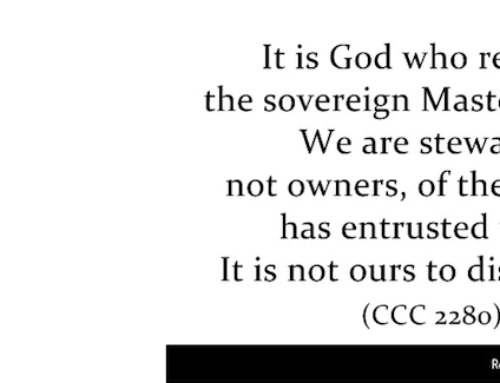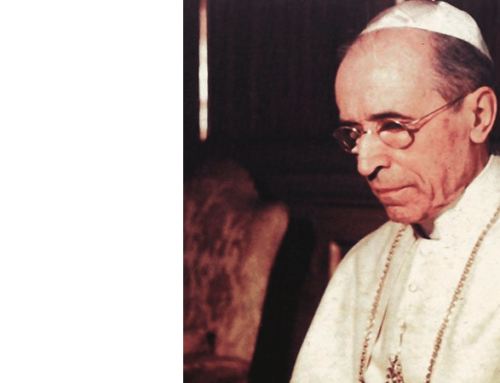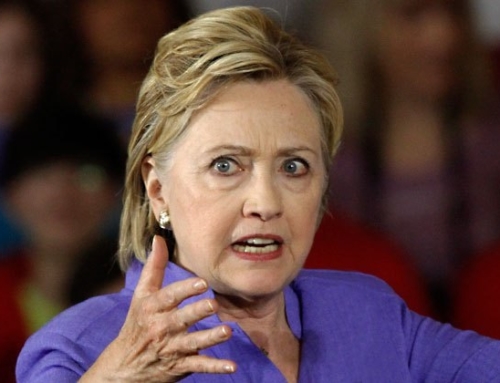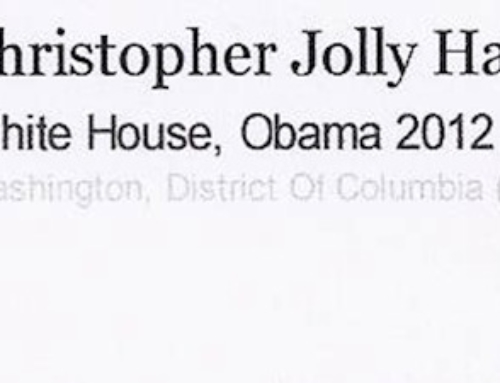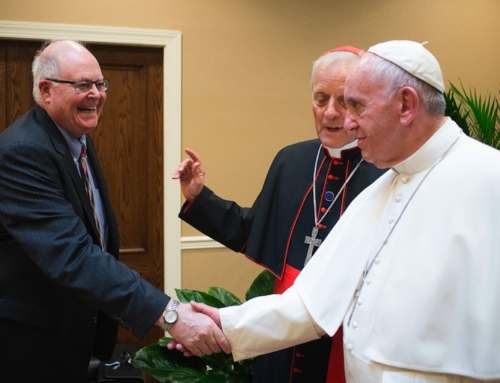by Ronald Rychlak
(Catalyst 9/2001)
The self-destruction of the Catholic-Jewish Pope Pius XII study group came as little surprise to those who had been following its progress closely. From the very beginning, several members of that group rejected their mandate and instead sought to force a change in Vatican archival policy. When the Vatican stood its ground and demanded that the team finish its agreed assignment, the scholars suspended their work. The charges and accusations that followed have damaged the work of Pope John Paul II to bring Catholics and Jews closer together. The shame is that this all could have been avoided.
The situation began in 1999, when Cardinal Edward Cassidy – then President of the Holy See’s Commission for Religious Relations with the Jews – and Mr. Seymour D. Reich, Chairman of International Jewish Committee for Interreligious Consultations announced the appointment of a team of six scholars charged with examining the 11 volumes of archival material published by the Holy See’s Secretariat of State (Actes et Documents du Saint Siège relatifs à la seconde guerre, or “ADSS.”)
The ADSS contains the diplomatic correspondence of the Holy See’s Secretariat of State, as well as notes and memoranda from meetings with diplomats and Church leaders from various countries during the period of the Second World War. These documents were culled from Vatican archives by a team of four Jesuit scholars between 1965 and 1981. The documents are published in the languages in which they were originally written (primarily Italian, French and German, but also some in Latin and English), but the editorial commentary is in French. Volume three is split into two books, which accounts for occasional reference to 12 volumes.
The archives from which the ADSS collection was taken remain sealed. Many researchers, this author included, would like to have access to the archives, but like most world governments, the Holy See keeps records confidential for an extended period of time to make certain that secret governmental information will not be revealed and that living people will not be embarrassed by disclosure of private information. Only recently were most (not all) of the American OSS World War II files made public, and similar French and British files also remain secret. (One member of the Pius XII study group, Fr. Gerald P. Fogarty from the University of Virginia, tried to do research in the recently declassified OSS archives, but every relevant document was still under seal.)
The difference between the Catholic-Jewish study group and most other researchers is that most researchers accept governmental restrictions and work with the best available evidence to reach an accurate historical understanding. In the case of Pope Pius XII, the ADSS gave researchers a rare opportunity to see archives that would not normally be available. Unfortunately, although they agreed to study those documents when they accepted their positions, many members of the study group failed to carry out this task.
A report on the contents of the 11 volumes could have been a tremendous service for those in search of the truth. A careful study of those documents makes clear that Pope Pius XII was very concerned with the welfare of all people, including Jews. In fact, these volumes contain enough information to refute all the recent slanderous charges against the wartime Pope. Unfortunately, from the very beginning, the study group was more interested in getting into secret archives than in learning what took place during the war.
At the time of the group’s formation, Leon Feldman, Emeritus Professor of History at Rutgers University and “Jewish coordinator” for the study group said he thought there was a “smoking gun” in the archives and that was the reason the Vatican kept them closed. Professor Robert Wistrich of Hebrew University told the press that to read the volumes without having access to the archives would be “a farce.” Of course, that was exactly the charge that the team accepted.
In accepting the mandate to study the ADSS, members of the study group agreed to pursue their work in a clearly defined way. They did not, however, drop their demand for full access to the archives. In fact, that demand was ultimately placed ahead of the desire to find the truth. This became evident when the team traveled to Rome to meet with Vatican officials.
In April 2000, Dr. Eugene Fisher, Catholic coordinator for the study group, called Fr. Peter Gumpel, relator for the cause of Pius XII’s sainthood, wanting to set up a meeting at which the study group could question him. Fr. Gumpel agreed, but he asked that questions be submitted to him in advance so that he would have time to prepare his answers with supporting documentation.
The study group ultimately came to Rome during the month of October 2000. About two weeks prior to their arrival, they sent ahead 47 questions for Fr. Gumpel. Inexplicably, the questions had been formatted as a “Preliminary Report.” The charge given to the group had not called for a preliminary report. It seems to have been an invention of the scholars designed to apply more pressure on the Vatican to open sealed archives.
When Fr. Gumpel saw the 47 questions, he thought that the study group wanted them answered, and he felt that it would take several days to address them all. As it ended up, however, he was given only three hours with the group. As such, he was able to address only a handful of questions. Perhaps that is just as well. The vocal representatives of the group (notably Wistrich, Reich, and Dr. Michael Marrus of the University of Toronto), made clear that they were not interested in answers to their questions. They wanted Fr. Gumpel to join in their call for the opening of the archives. Nothing short of that would be acceptable.
Fr. Gumpel pointed out that while it is legitimate for a historian to seek archival information, there was sufficient information already available to answer the questions that the study group had presented to him. He set about answering the 47 questions, with references to available Vatican documents, books, memoirs, and other archival sources.
The study group would have nothing to do with this; the scholars wanted Vatican archives. At one point, Seymour Reich even said that Fr. Gumpel could not possibly answer the group’s question, because the question did not ask what happened, but what the archives indicated had happened. (Fr. Fogarty and Fr. John Morley, another member of the group, did however thank Fr. Gumpel for identifying relevant authority that had not been considered by the group.)
Fr. Gumpel complained about previous breaches of confidentiality on the part of the study group. He was assured that the group itself was outraged and that steps had been taken to assure that there would be no further “leaks.” Unfortunately that was not the case, while the team was still in Rome, the preliminary report, with all 47 questions, was leaked to the press and published around the world.
The Associated Press called the preliminary report “explosive.” The New York Times said it expressed the dissatisfaction of the six panel members with Vatican records. Le Monde of Paris said it pointed to failures of the Pope and Church. Of course, the editors of these papers thought that the preliminary report was really about Pope Pius XII. They did not know that it was nothing more than a ploy to have the Vatican open the archives.
Having expressed regret for earlier leaks, one might have expected the study group to have issued a condemnation of this breach. Perhaps Bernard Suchecky, who was responsible, might have been suspended. Instead, certain members of the team were emboldened. Professors Marrus and Wistrich were both widely quoted as saying that the ball was now in the Vatican’s court. They had posed their 47 questions, and they would await the Vatican’s reply. No mention was made of answers that were provided by Fr. Gumpel, Cardinal Cassidy, Cardinal Laghi, and then Archbishop (now Cardinal) Mejía, all of whom met with the study group in Rome.
Earlier this year, when Cardinal Cassidy stepped down from his post as President of the Holy See’s Commission for Religious Relations with the Jews, he was replaced by Cardinal Walter Kasper, a German theologian. Cardinal Kasper was not influenced by the history that had shaped the study group up until this point. He looked at what was taking place, and he did not like it.
In an interview published June 21, 2001, Cardinal Kasper said: “The commission failed to do what it was charged to do – to read the Vatican’s 11 published volumes on Pius’ pontificate. They must read the 11 volumes; they have never done the work they were asked to do in a proper way.” [See Catalyst, Dec. 2000: The Pope Pius XII Study Group: Read the Documents!, making this same point.] Regarding the leaks, he called them unacceptable, “unethical” behavior.
On the same day that the interview was published, Cardinal Kasper sent a letter to the study group asking for a “final report on this project.” He noted that he did not expect the final report to provide the whole answer to these issues, nor would it signal the end of discussion on this matter. It would, however, fulfill the mandate given to the study group. Cardinal Kasper also noted that some of the 47 questions had been answered by Fr. Gumpel and that others had been forwarded to the Vatican Secretariat of State, which controls the archives. The Cardinal also made clear that the group would not be granted access to sealed Vatican archives.
On July 20, in a letter to Cardinal Kasper, the five remaining scholars on the team ( Dr. Eva Fleischner having resigned for personal reasons) suspended their work, saying that they could not complete their assignment without “access in some reasonable manner to additional archival material.” This is when everything really began to fall apart.
Although Cardinal Kasper did no more than restate the agreement that had been in place from the very beginning of the project, Professor Wistrich imputed bad faith to the Holy See. “The Vatican is not really interested in allowing us to pursue our work further. Whatever expectation they had of the panel – that we would give carte blanch to Pius’s beatification, or that the situation would be defused without probing too deeply – they were wrong…. They moved the goalposts.” Seymour Reich, expressed “deep disappointment” that the Vatican would not open all its wartime archives to the scholars and suggested that the letter from the scholars was a form of protest.
Fr. Fogarty then issued a statement disassociating himself from what Reich had said. Eugene Fisher also condemned “Reich’s attempt to twist the statement of the scholars to say what it did not intend to say.” He called it “inexplicable and inexcusable.” Unfortunately, the mainstream press picked up on Wistrich and Reich, not on the rebuttals.
The truth, as explained by Fr. Fogarty, was that “there were two different sets of expectations and two different agendas from the very beginning, and they finally clashed.”
Some members of the study group viewed the project as a vehicle to press for open access to the archives, but that was never their charge. They were supposed to conduct a thorough study of the ADSS. “It is a fact, we could not work together with some people wanting greater access and others saying we can do more work; there was no point in saying we could work together as a group,” Fr. Fogarty explained.
Had the group carried out its assignment without delving into polemics and political posturing, it could have answered almost all of the questions about Pope Pius XII’s conduct during the war. Those documents, which were meticulously edited by world-renowned scholars, make clear that the Pope was not silent, that he assisted the Allies, opposed Nazi racial atrocities, and that the Church fed, sheltered, and clothed victims of all races, religions, and nationalities.
A historian might legitimately ask whether a different approach to the situation would have worked better to oppose the Nazis, but the documents leave no doubt about where the Holy See stood. Pope Pius did everything that he thought possible and appropriate to help Jews and other victims of the Nazis. Had the group carried out its assignment, that would have been made clear, and that would have gone a long way toward healing the division between Catholics and Jews. Unfortunately, that is not what happened.
Rather than seeking truth, too many people put their personal desires to enter the sealed archives above the agreed aim of the project. They did this at the expense of both truth and the continued viability of the project. The results that they obtained only raised suspicions and doubts. What a shame. What a wasted opportunity


